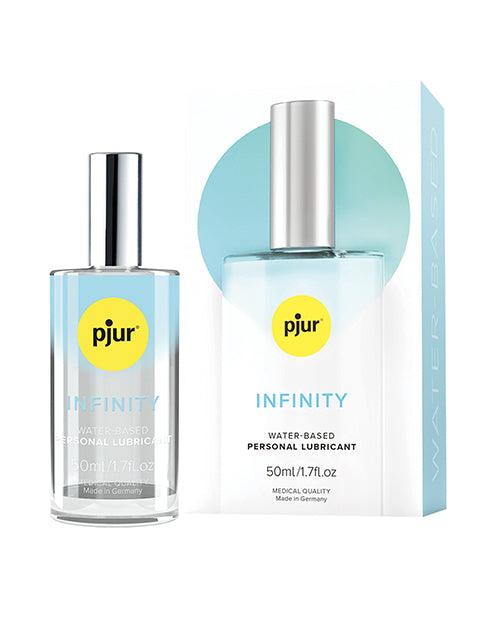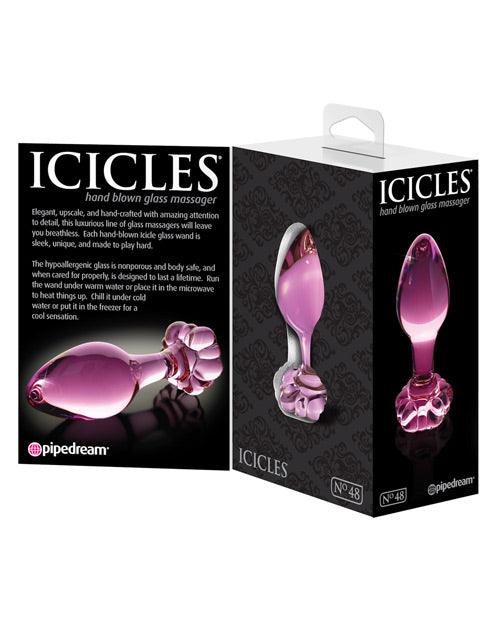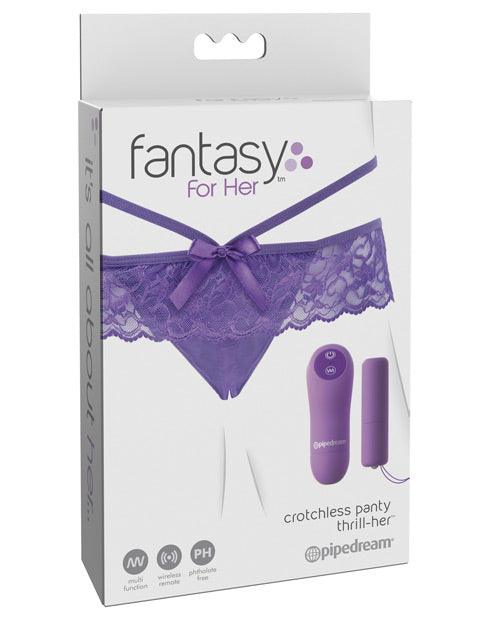Finding the right lubricant is one of the most important steps for comfortable and enjoyable strapless strap-on play. The correct lube not only enhances pleasure but also ensures safety, reduces friction, and helps both partners stay relaxed and connected throughout the experience.
Unlike traditional harnessed strap-ons that rely on straps and buckles to keep everything stable, strapless strap-ons depend entirely on body connection and internal grip. This means the lube you use can make a world of difference; the right one provides seamless glide and comfort, while the wrong one can cause slipping, dryness, or even irritation.
This article will explain the science behind lubricants, their compatibility with different toy materials, and expert recommendations for choosing the best formula for your body and your strapless strap-on. It follows real research, sexual health guidelines, and industry safety standards to ensure you get the facts not myths.
Why Lubrication Matters More with Strapless Strap-Ons
Every sexual experience is unique, but when it comes to strapless strap-ons, lubrication is absolutely essential. These toys are designed with two ends, one shorter bulb held internally by the wearer’s vaginal muscles, and a longer penetrative end for the partner. Because the toy must stay securely in place through motion, proper lubrication is key for both comfort and control.
Without enough lube, the internal bulb may feel dry or uncomfortable, and external friction may cause drag or irritation for the receiver. Lube keeps everything moving smoothly, prevents discomfort, and allows both partners to stay focused on connection and rhythm.
Health experts at the National Institutes of Health (NIH) explain that friction without proper lubrication can cause small microtears in delicate tissue, increasing the risk of irritation or infection. A good lube reduces that risk and supports safer, more enjoyable intimacy for everyone involved.
Understanding Different Types of Lubricants
There are four main categories of personal lubricants available today: water-based, silicone-based, hybrid, and oil-based. Each has its unique texture, duration, and compatibility with sex toys. Knowing which one suits your strapless strap-on and your preferences helps you avoid mess and maximize comfort.
Below is an overview of each type, their benefits, and potential drawbacks when used with strapless strap-ons.
Water-Based Lubricants
Water-based lubricants are the most popular type because they are lightweight, easy to clean, and safe for use with every toy material. They feel natural on the skin and are compatible with latex, silicone, glass, and metal toys.
Advantages:
-
Safe with all toy materials
-
Easy to wash off with water
-
Gentle for sensitive skin
-
Available in a wide variety of textures (gel, thin, natural, organic)
Disadvantages:
-
Dries faster than other types
-
May require frequent reapplication during longer play
-
Some formulas contain glycerin, which can cause irritation or yeast infections for sensitive users
Water-based lubricants are ideal for beginners and for couples who value easy cleanup. Because strapless strap-on sessions may last longer or involve more movement, having a bottle nearby for touch-ups ensures a smooth experience.
You can find more safety information about cleaning and using non-irritating water-based lubricants on Healthline’s guide to sex toy hygiene.
Silicone-Based Lubricants
Silicone lubricants are thicker and more durable. They do not dry out easily, making them perfect for long sessions or underwater play such as showers and baths. Their slick texture provides a velvety feel that stays on the surface without being absorbed by the skin.
Advantages:
-
Extremely long-lasting perfect for extended use
-
Does not absorb or evaporate quickly
-
Water-resistant great for shower or pool play
-
Requires less frequent reapplication
Disadvantages:
-
Can damage silicone toys over time
-
Harder to clean (soap and water alone may not remove residue)
-
May feel “too slippery” for some users
Because many strapless strap-ons are made from silicone, it’s vital to check your toy’s compatibility before using a silicone lubricant. Applying silicone lube to a silicone toy can lead to surface breakdown, stickiness, or discoloration.
However, if your strapless toy is made from glass, metal, or ABS plastic, silicone lube can provide unmatched glide and comfort.
According to Verywell Health, silicone-based lubes are also hypoallergenic and safe for most skin types, making them suitable for users with sensitivities.
Hybrid Lubricants
Hybrid lubricants blend water and silicone, giving you the benefits of both types. They’re smooth, long-lasting, and toy-friendly. The water component makes cleanup easier, while the silicone component ensures longer performance.
Advantages:
-
Lasts longer than pure water-based lube
-
Easier to clean than full silicone lube
-
Smooth and natural feel
-
Safe for most toy materials
Disadvantages:
-
Slightly more expensive
-
Some residue may remain after use
Hybrid lubes are excellent for strapless strap-on users who want a long-lasting glide without constant reapplication. They are also a smart choice for couples who enjoy both internal and external play, as they balance moisture and slickness effectively.
Oil-Based Lubricants
Oil-based lubricants are made from natural oils (like coconut or almond) or mineral oils. They feel luxurious and provide a deep, long-lasting glide, but they are not ideal for every situation.
Advantages:
-
Rich, long-lasting texture
-
Excellent for external massage or foreplay
-
Does not dry out easily
Disadvantages:
-
Not compatible with latex condoms
-
Can stain sheets and clothing
-
May cause irritation or bacterial imbalance for some users
-
Difficult to wash off completely
The American Sexual Health Association (ASHA) cautions against using oil-based lubricants with latex or silicone products, as they can degrade material integrity and increase the risk of infection. For strapless strap-ons, it’s best to reserve oils for external touch or sensual massage rather than deep internal play.
How to Match Lubricant with Strapless Strap-On Material
The best lubricant for you depends on the toy’s material, your personal preferences, and your body’s needs. Here’s how to choose correctly:
|
Toy Material |
Recommended Lubricant |
Avoid |
|
Silicone |
Water-based or hybrid |
Silicone-based |
|
Glass |
Silicone, hybrid, or water-based |
None (all are safe) |
|
Metal (stainless steel) |
Silicone or hybrid |
None |
|
ABS Plastic |
Silicone or hybrid |
None |
|
TPE or rubber blends |
Water-based |
Silicone or oil |
Always read the product label before use. Reputable brands specify which lubes are compatible with their materials.
You can also look for ISO 3533 sex toy safety standard compliance to ensure the toy has been designed with safe materials and finishes. Learn more about this safety certification at ISO 3533.
Ingredients to Look For and Avoid
Not all lubricants are created equal. Some contain additives that can cause irritation or dryness. To protect your skin and maintain comfort:
Look for:
-
Glycerin-free and paraben-free formulas
-
Aloe vera or hyaluronic acid (moisturizing agents)
-
Natural plant-based lubricant
-
Certified hypoallergenic products
Avoid:
-
Glycerin or sugar (can cause yeast infections)
-
Alcohol or menthol (drying or irritating)
-
Petroleum or mineral oils with latex
-
Flavored or scented lubes for internal use
According to Medical News Today, ingredients like glycerin or propylene glycol can disrupt vaginal flora, leading to discomfort. Choosing body-safe, pH-balanced lubes helps maintain healthy intimate balance.
Using Lubricant the Right Way
Even the best lubricant won’t work well if used incorrectly. Here are some expert-backed tips for getting the most from your product:
-
Apply lube to both the wearer’s insertion bulb and the receiver’s entry area. This ensures double glide and reduces friction for both partners.
-
Use more than you think you need. With strapless strap-ons, friction builds up quickly, and generous lubrication helps prevent dryness.
-
Warm the lube in your hands before applying. This removes the cold sensation that can break the mood.
-
Keep the bottle nearby for reapplication. No lube lasts forever, especially water-based types.
-
After use, clean both the toy and your skin thoroughly. Follow NHS guidance on safe sex toy cleaning for hygiene.
Best Practices for Strapless Strap-On Lubrication
-
Use a lube that stays slick for at least 20–30 minutes.
-
If your strapless strap-on includes a vibrating function, use only water-based or hybrid lubes to protect electronic seals.
-
Always check for allergic reactions before using a new product. Apply a small amount to your inner arm and wait 24 hours.
-
Store your lubricant in a cool, dry place away from direct sunlight.
-
Replace opened bottles every 6–12 months to maintain freshness and safety.
Common Lubricant Mistakes to Avoid
-
Using silicone lube on silicone toys (causes breakdown)
-
Using oil-based lube internally without testing (risk of infection)
-
Ignoring expiration dates
-
Mixing products (can cause irritation or unpredictable results)
-
Using flavored lubes internally (meant for external oral play only)
Avoiding these mistakes keeps your strapless strap-on in good shape and ensures your body stays happy and healthy.
FAQs (Based on Google People Also Ask)
What lubricant is best for strapless strap-ons?
Water-based and hybrid lubricants are the safest and most versatile. Silicone lube can also work if your toy is made of glass, metal, or ABS plastic.
Can I use silicone lube with a silicone strapless strap-on?
It’s not recommended. Silicone-on-silicone contact can break down the toy’s surface, making it sticky or rough.
Are natural or organic lubricants better?
They can be gentler, but always check for allergens. Natural oils can still cause irritation or infection in some users.
Can I use oil-based lube with strapless strap-ons?
You can for external touch or massage, but not for deep penetration. Oil can damage condoms and be difficult to clean from the toy’s surface.
How often should I reapply lube during play?
Whenever you feel drag, dryness, or increased friction. For longer sessions, plan to reapply every 10–20 minutes depending on lube type.
What lube works best in water or shower settings?
Silicone-based lubricants are ideal for water play because they do not wash away easily.
Final Thoughts
The best lubricant for strapless strap-ons depends on your toy’s material, the type of play, and your body’s needs. A good rule of thumb is to start with a high-quality water-based or hybrid lube and see how it feels. If you need more endurance or slickness, consider upgrading to silicone (if your toy allows it).
Lubrication is about comfort, safety, and pleasure the trifecta of satisfying intimacy. When both partners feel relaxed and connected, the experience becomes not only pleasurable but empowering.
Whether you’re experimenting for the first time or refining your routine, using the right lube transforms your play into a smoother, safer, and more fulfilling experience.


